15 GPTs for User Analysis Powered by AI for Free of 2025
AI GPTs for User Analysis are advanced tools built on the Generative Pre-trained Transformers technology, designed specifically for analyzing and understanding user behavior, preferences, and interactions. By leveraging the vast data processing and natural language understanding capabilities of GPTs, these tools provide tailored solutions to gather insights into user activities, enhancing user experience, and driving strategic decisions in business and technology environments. Their relevance lies in the precision and adaptability to various user analysis tasks, making them indispensable in today's data-driven landscape.
Top 10 GPTs for User Analysis are: Web Quality Analyst,Website Critic,Test-Guru,GA4 Implementation Assistant,Page Pilot,Product Metrics GPT,The Product Manager - by Qualli,PM like a PRO,Landing Page Roaster,GPT QA
Web Quality Analyst
Empowering Insights with AI-Powered Web Analysis

Website Critic
Elevate Your Site with AI Insight

Test-Guru
Enhancing Testing with AI Precision

GA4 Implementation Assistant
Elevate Analytics with AI-Powered Precision
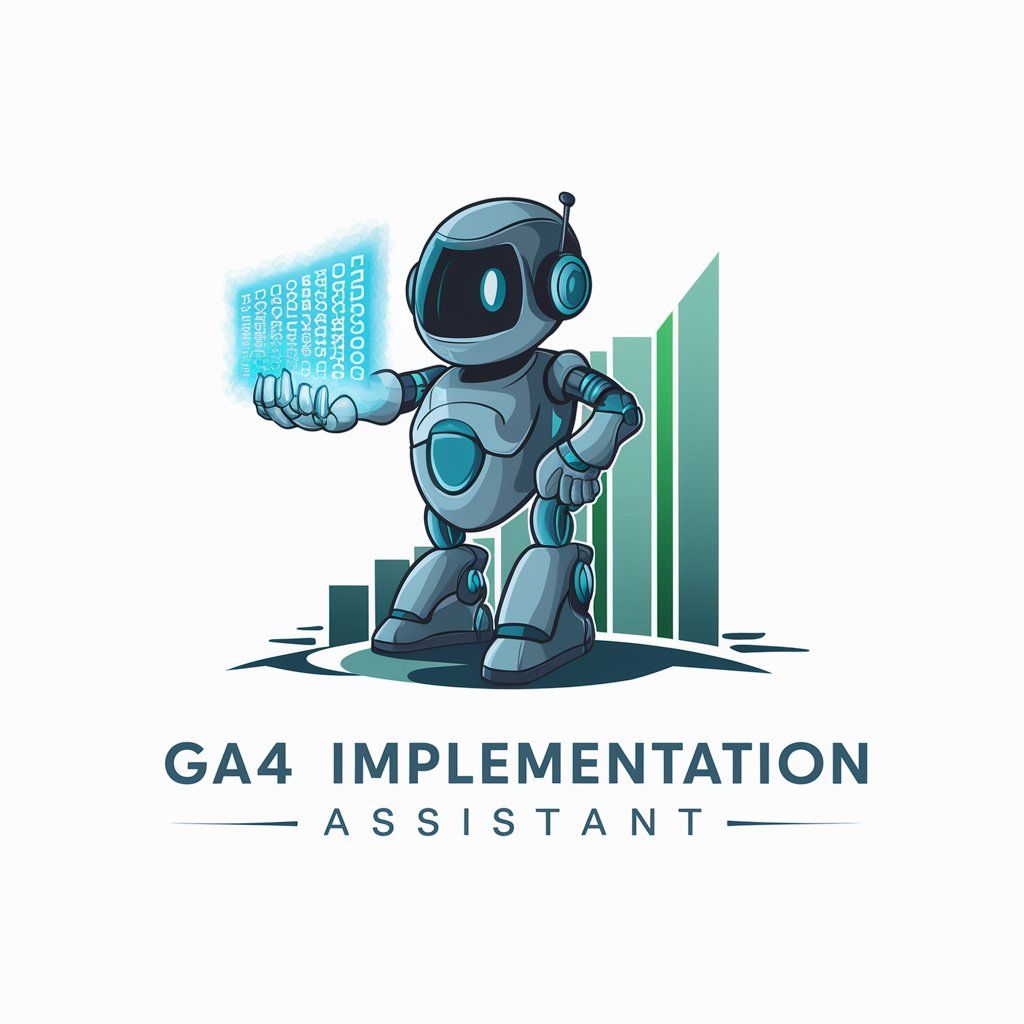
Page Pilot
Elevating Landing Pages with AI-Powered Expertise

Product Metrics GPT
Elevate Your Product Success with AI-Powered Analytics
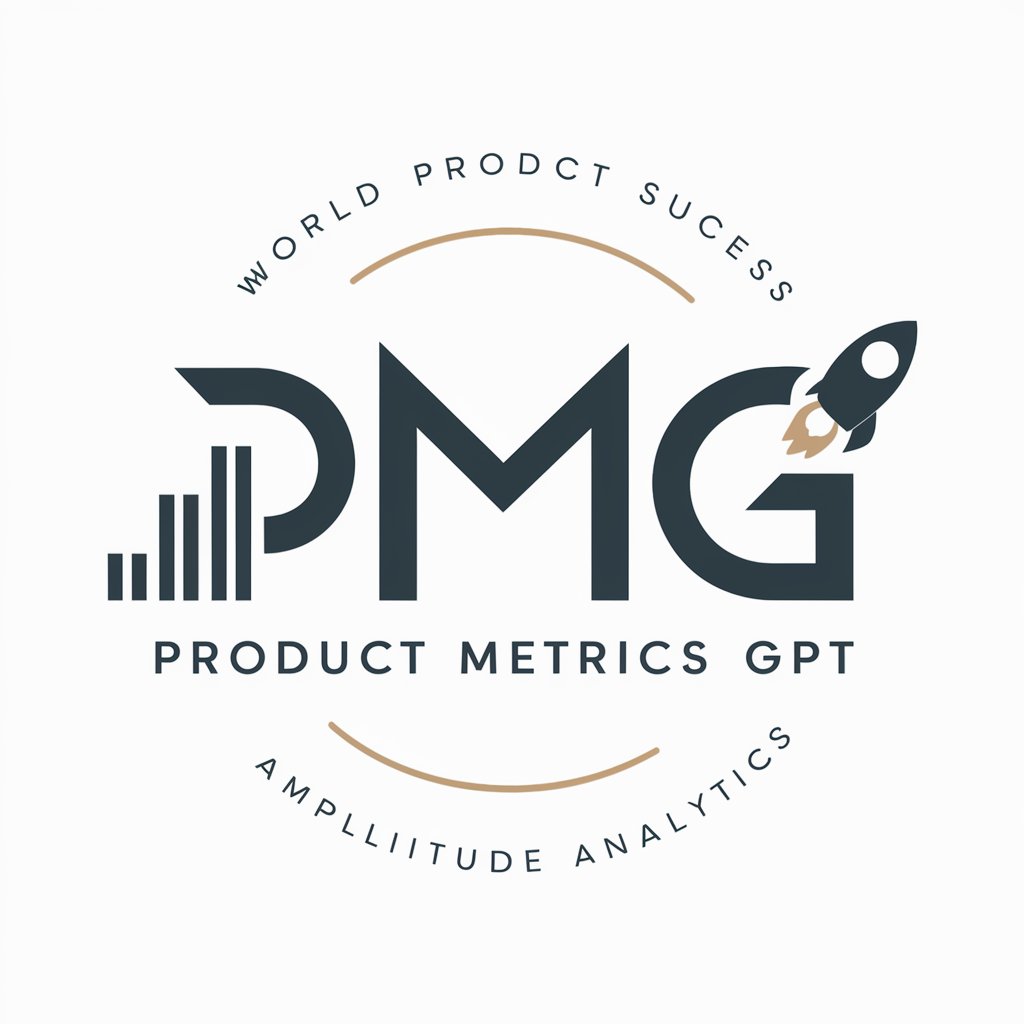
The Product Manager - by Qualli
AI-Powered Mobile Survey Mastery

PM like a PRO
Elevate Your Product Management with AI
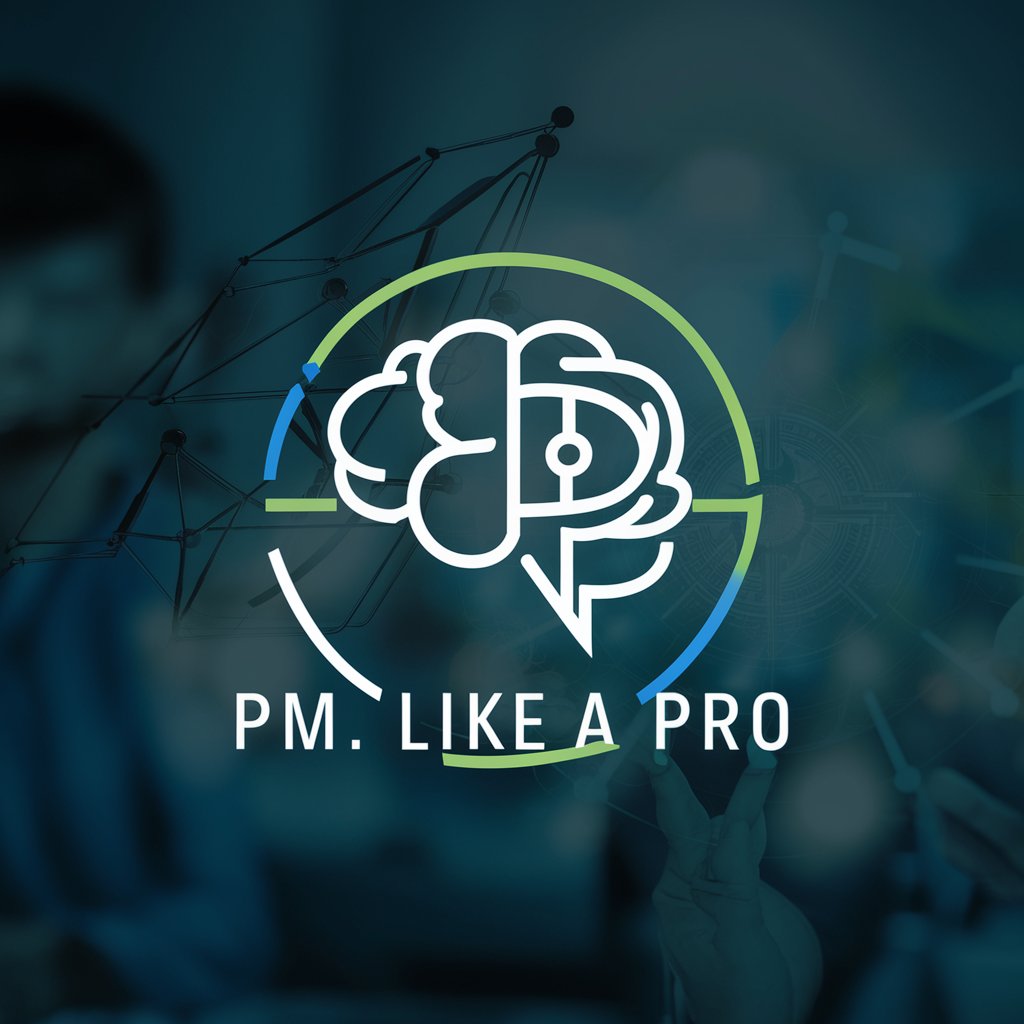
Landing Page Roaster
Elevate Your Landing Page with AI-Powered Insights

GPT QA
Elevating AI Interactions with Precision

Pixel Pete
Unleashing Creativity with AI Power

Understanding Privacy Sandbox
Navigate ad privacy with AI-driven insights.
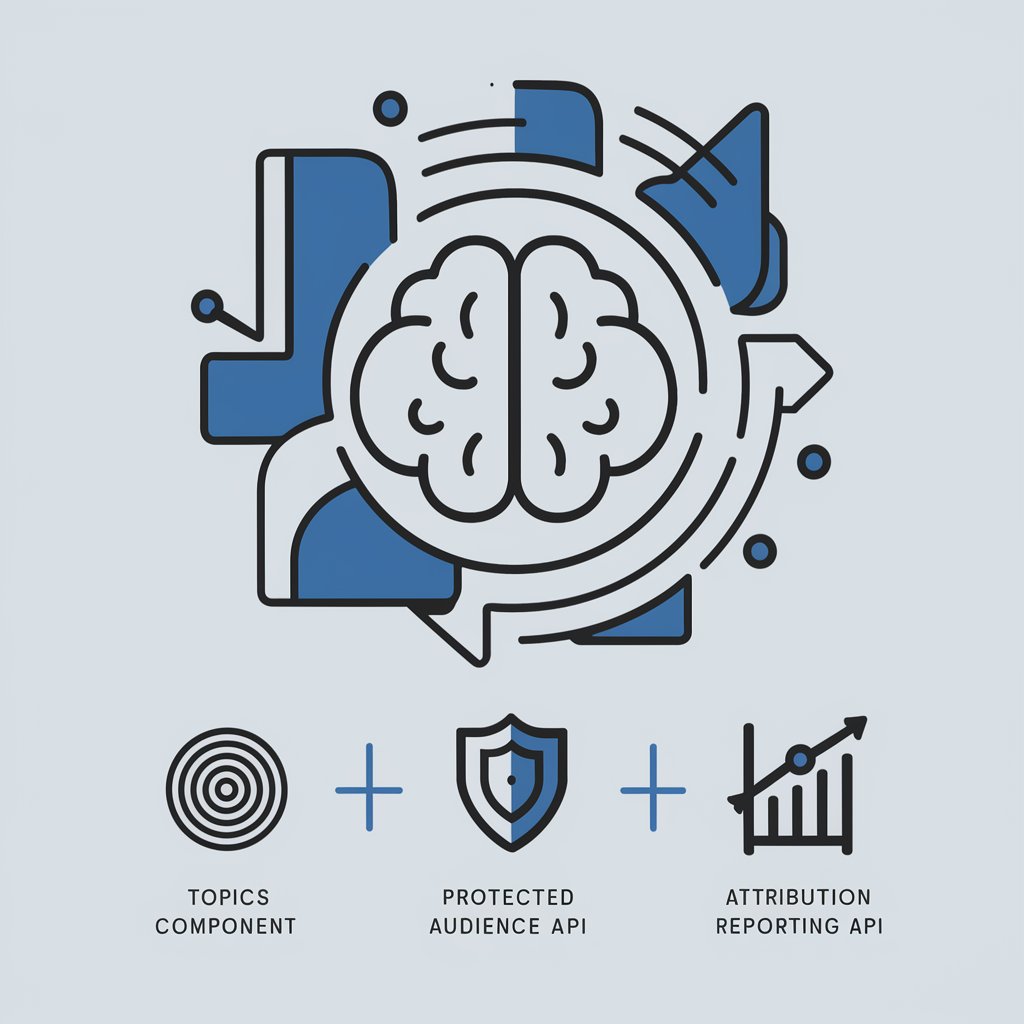
StrategiQA
Simplify Documentation with AI
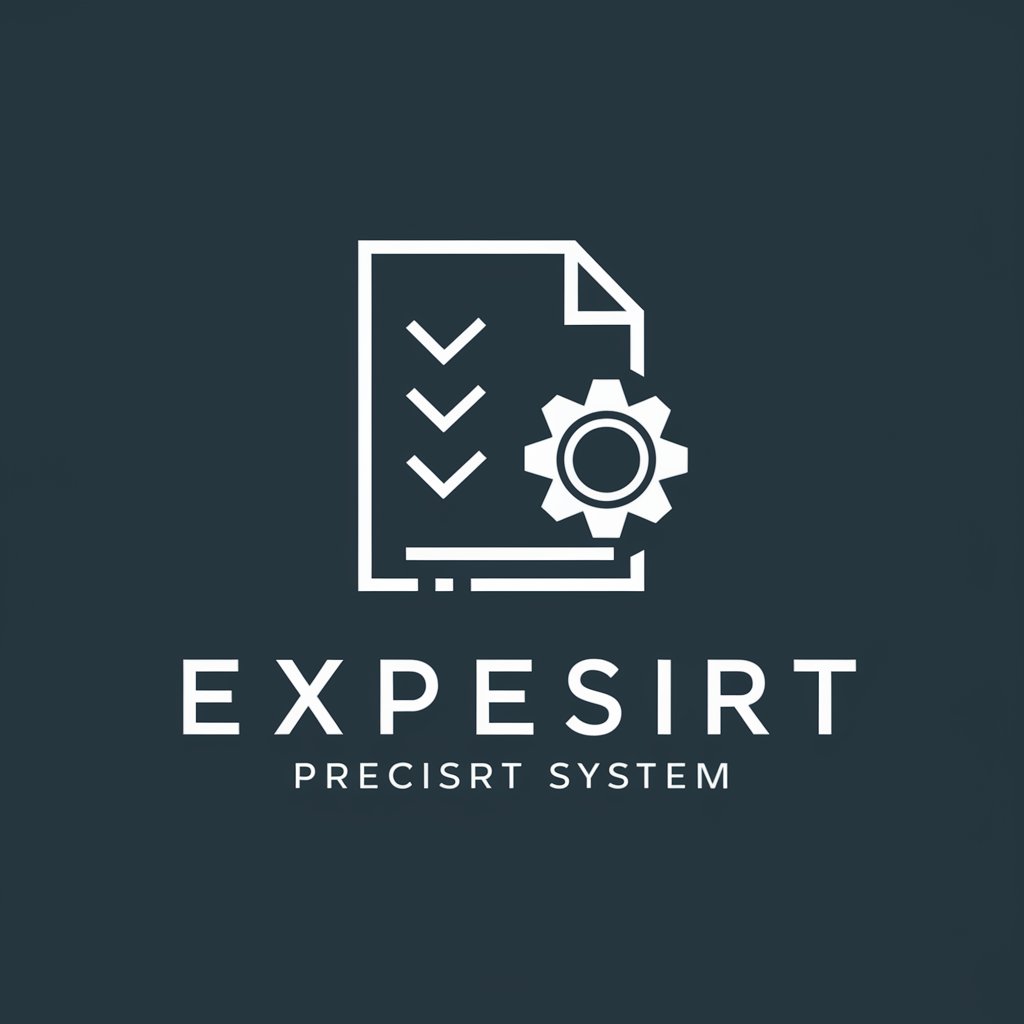
Check UX Accessibility
Empowering accessible web experiences with AI
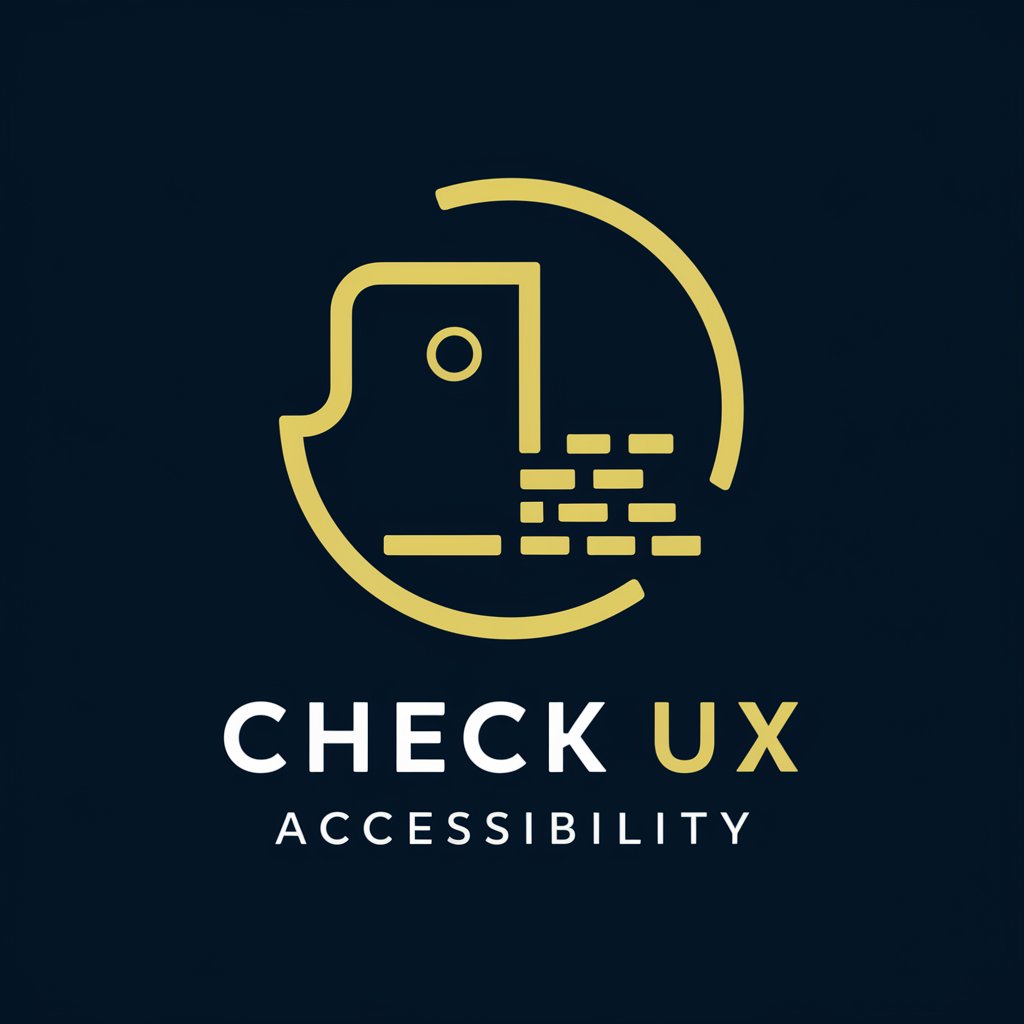
X Persona GPT
Mimic any Twitter persona, AI-powered.
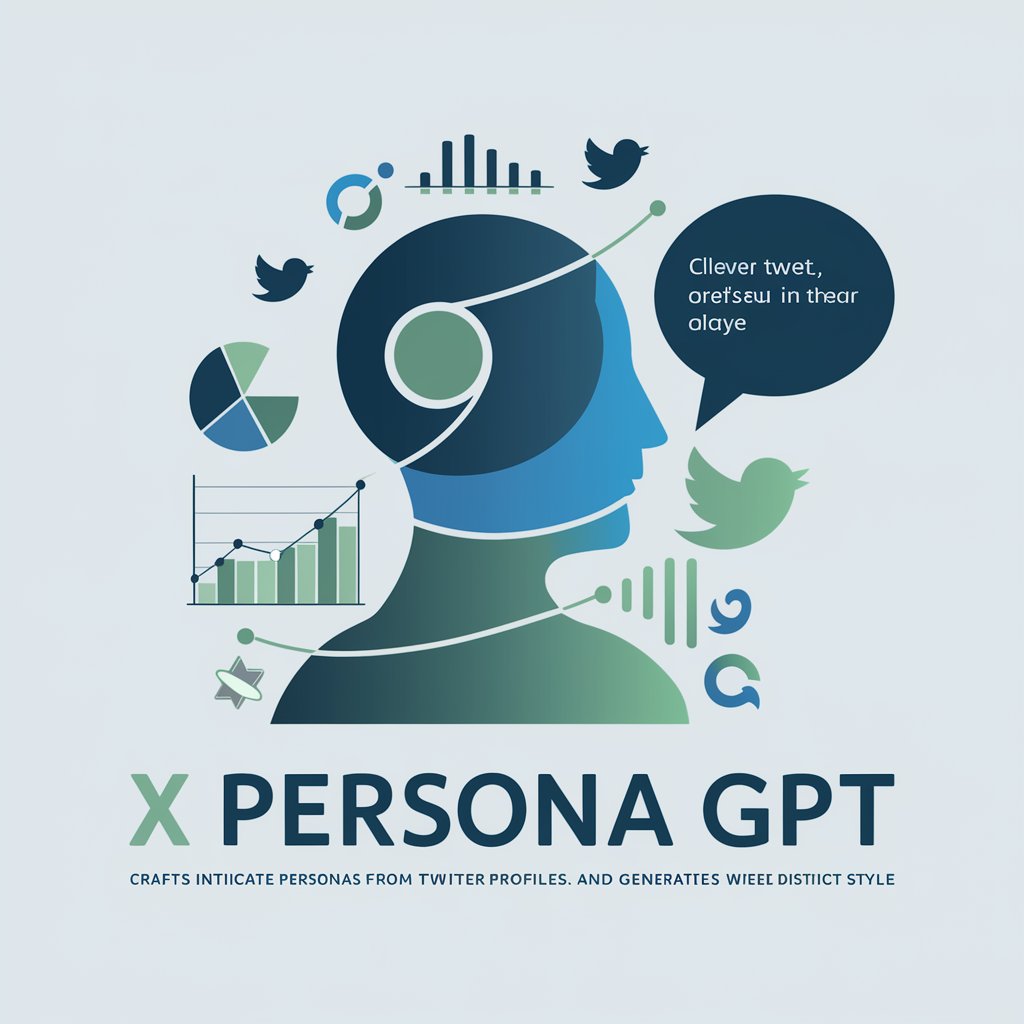
Key Characteristics and Functions
AI GPTs for User Analysis stand out due to their ability to process and analyze large volumes of data in natural language, understand context, and generate insights. These tools are adaptable, capable of handling tasks from simple data interpretation to complex behavior prediction models. Special features include language learning for multilingual analysis, technical support for troubleshooting user issues, advanced web searching for user trend analysis, image creation for visual data interpretation, and sophisticated data analysis capabilities for deep insights.
Who Benefits from AI GPTs in User Analysis
The primary beneficiaries of AI GPTs tools for User Analysis include novices looking to understand user behavior without deep technical skills, developers seeking to integrate user analysis into applications, and professionals in marketing, UX design, and data science. These tools offer intuitive interfaces for those without coding experience, while also providing extensive customization options for users with programming backgrounds, making them versatile for a wide audience.
Try Our other AI GPTs tools for Free
Event Timelines
Discover the power of AI GPTs for Event Timelines, your go-to solution for analyzing, generating, and managing event sequences with precision and ease. Ideal for professionals and enthusiasts alike.
Store Setup
Discover how AI GPTs for Store Setup can revolutionize your online business, offering tailored, intelligent solutions for effortless management and optimization of your e-commerce presence.
Viral Efficacy
Discover how AI GPTs for Viral Efficacy revolutionize the analysis and prediction of viral behaviors and vaccine effectiveness, offering precise, adaptable, and user-friendly tools for professionals and novices alike.
Destination Ideas
Discover the future of travel with AI-powered Destination Ideas. Explore personalized travel suggestions, plan your trips effortlessly, and unlock the world's wonders with our advanced AI GPT tools.
Navigation Support
Discover how AI GPTs for Navigation Support revolutionize travel planning and logistics with real-time, personalized route optimization and comprehensive navigation assistance.
Restorative Practices
Discover how AI GPTs for Restorative Practices leverage advanced AI to facilitate dialogue, resolve conflicts, and promote healing, making them essential tools for educators, practitioners, and community leaders.
Expanding Possibilities with AI GPTs in User Analysis
AI GPTs for User Analysis not only offer comprehensive tools for analyzing user data but also provide innovative ways to interact with and understand users. With user-friendly interfaces, these tools are easily integrated into existing systems, enhancing the capacity to deliver personalized user experiences and make data-driven decisions across various sectors.
Frequently Asked Questions
What are AI GPTs for User Analysis?
AI GPTs for User Analysis are specialized tools that utilize Generative Pre-trained Transformers technology to analyze user data and behavior, offering insights to enhance user engagement and experience.
How do AI GPTs tools adapt to different user analysis tasks?
They leverage advanced machine learning algorithms to process natural language, recognize patterns, and predict behaviors, making them highly adaptable to various complexities in user analysis.
Can non-technical users utilize these tools effectively?
Yes, these tools are designed with user-friendly interfaces that allow non-technical users to perform complex user analysis tasks without needing programming skills.
How do developers benefit from using AI GPTs for User Analysis?
Developers can integrate these tools into their applications to automatically analyze user behavior, enhancing user experience and providing actionable insights for improvements.
What makes AI GPTs stand out in analyzing user data?
Their ability to understand and process natural language data at scale, predict user behaviors, and provide insights with high accuracy sets them apart in the user analysis domain.
Are there customization options for users with programming skills?
Yes, AI GPTs for User Analysis offer APIs and SDKs for developers to customize and integrate these tools into existing systems, tailoring the analysis to specific needs.
Can these tools analyze visual and textual user data?
Absolutely, with capabilities in both natural language processing and image generation, they can interpret and analyze a wide range of user data types.
How do these tools integrate with existing workflows?
They are designed to be easily integrated into existing workflows and systems, offering APIs and support for a seamless transition and immediate enhancement of user analysis processes.